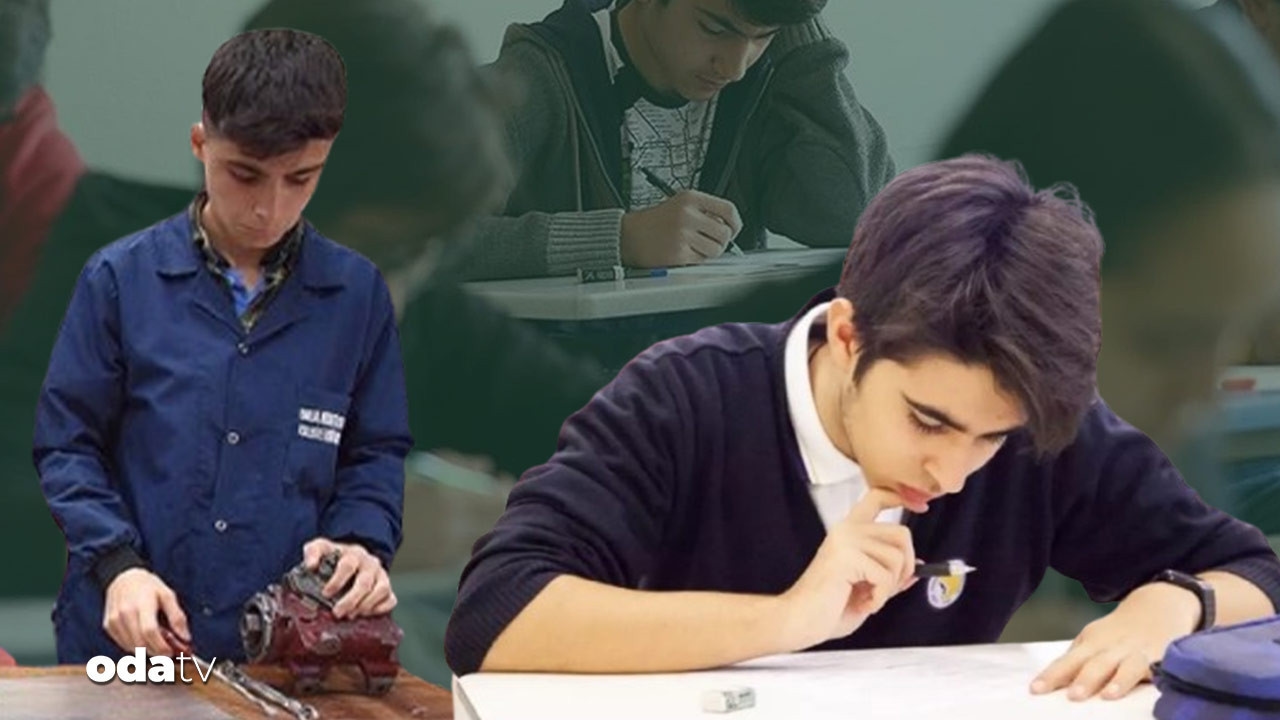Education turned into sports programs: 4+4+3... What will happen in 12th grade?

All eyes are on the cabinet meeting expected this week regarding the shortening of 12 years of compulsory education . Changes to the last four of the 4+4+4 system will be discussed. According to Mahmut Özay in Türkiye newspaper, TEDMEM, the think tank of the Turkish Education Association, released a report titled "Rethinking Secondary Education" amidst ongoing discussions. The report, which states, "Turkey should no longer be discussing access to education, but the quality of education," highlights the following:
Our net enrollment rate in secondary education, which was 38% in 1997, reached 67% in 2011 and is now approaching 90%, a historic achievement. For the first time, the enrollment rate for girls has surpassed that of boys, a threshold surpassed. TEDMEM describes this success as an "irreversible gain" in terms of inclusiveness and equal opportunity in education.
High schools in Turkey are failing to guide young people and prepare them for higher education and employment. Indicators supporting this situation include artificial congestion during university transition, the decline in the functionality of high schools, and the devaluation of schools by exam pressure.
MEB DATA: "ONE-THIRD OF STUDENTS SAY IT'S A WASTE OF TIME"
Data from the Ministry of National Education revealed students ' perspectives on the quality of education:
The rate of absences of 20 days or more is 11.6% in primary schools and 14.8% in secondary schools, while it rises to 27% in general secondary education and 46.6% in vocational and technical secondary education. While 56% of students think that school does not prepare them for life, 35% see school as a waste of time.
Some principles are indispensable in the restructuring of secondary education:
Access to education is a right; quality fulfills this right. The discussion should focus on quality and meaning, not duration and form. The system should prepare students for life, not exams. Decisions should be based on scientific evidence and child development data. Students are the subjects of the system, not its problems.
The best interests of the child must be the ultimate criterion.
We recommend a diploma in 11th grade and specialization in 12th grade. Students who want to pursue employment directly will receive a "standard high school diploma" at the end of 11th grade, paving the way for different pathways. This step breaks the perception that "university is the only way out" and strengthens post-high school alternatives. There will be exam-free transfer opportunities. These students can transfer to vocational schools, associate degrees, or open education programs without exams, based on their academic performance. This reduces both the pressure of exams and alleviates the congestion in higher education admissions.
ONE DAY AT SCHOOL, FOUR DAYS AT WORK
In our proposed model, 12th grade is redesigned with advanced academic courses aligned with the higher education fields students wish to pursue. This process of university preparation is conducted within the school, in a guided manner. This redesign reinstates the value of school and reduces the burden on families for private courses and private tutoring centers.
Vocational education must be restructured. In the model we're describing, vocational school programs are integrated with secondary vocational education. The programs are based on the principle of one day of academic instruction per week and four days of workplace-based practice.
Odatv.com
Oda TV





